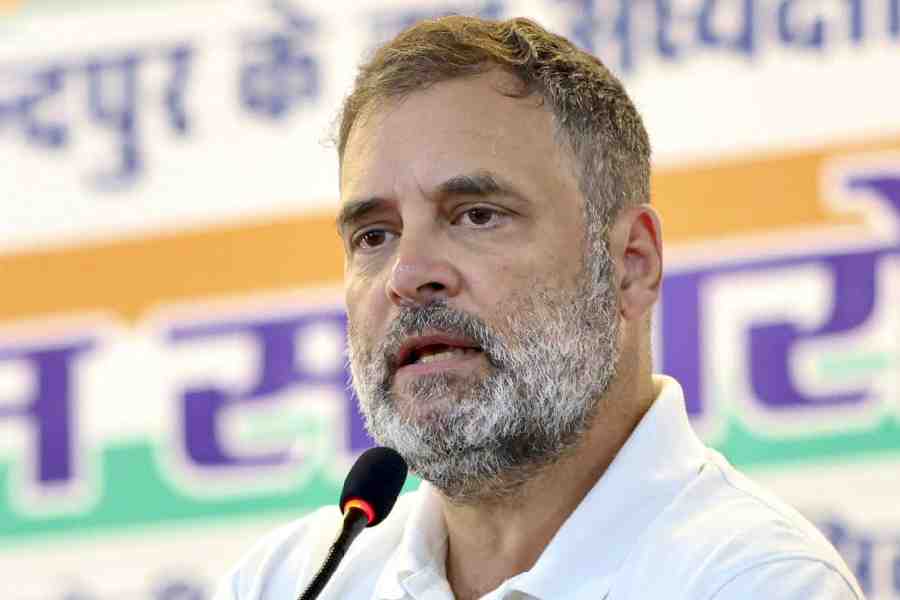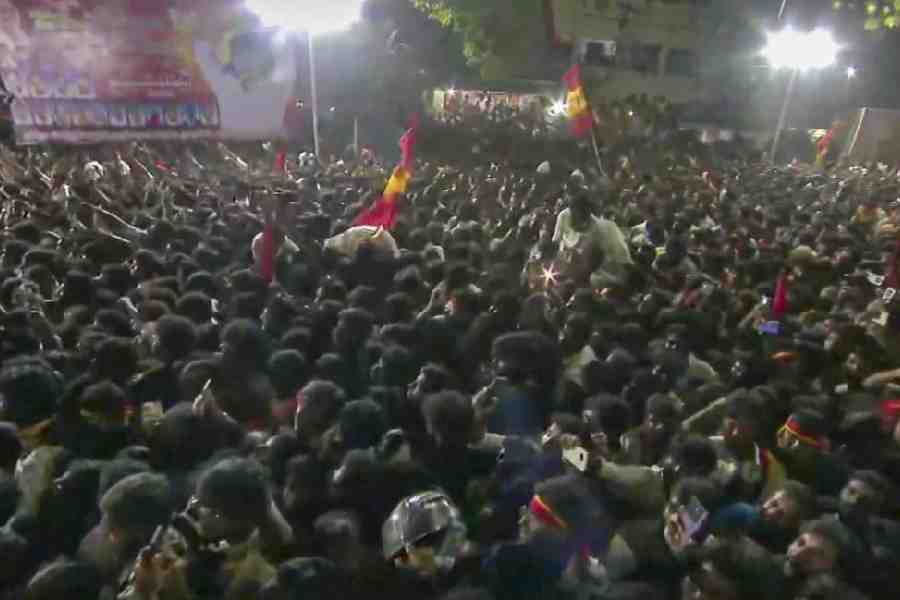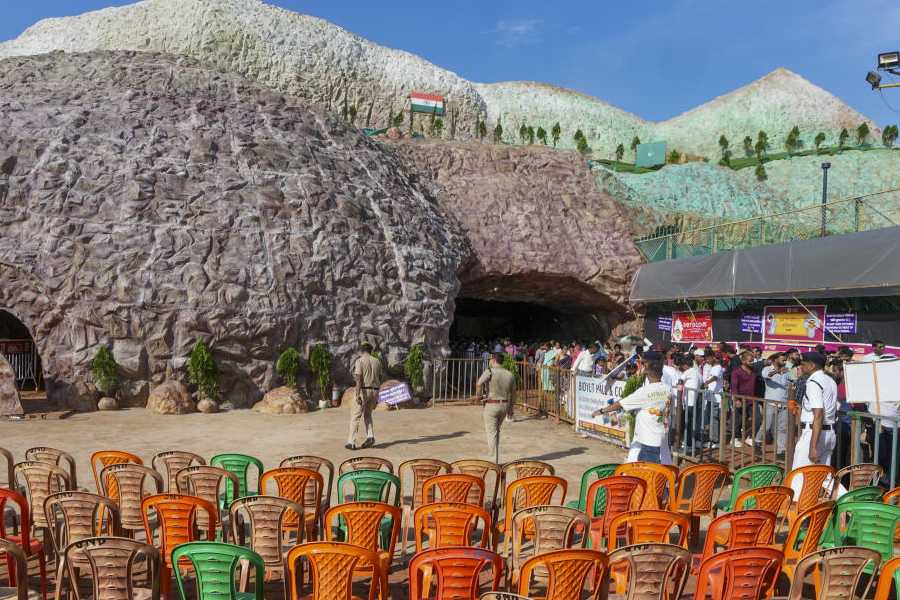
Books are turned into films all the time; films being turned into books, is a different story. Last month, the novelised version of Nagesh Kukunoor's kiddie film Dhanak debuted in bookshops across India. "As far as I know, this is the first experiment of its kind, especially in the children's genre," says Anushka Ravishankar, who authored the 144-page "movie novel" based on Kukunoor's story.
Dhanak is no one-off. Mahesh Bhatt's Ab Raat Guzarne Wali Hai, which will go on the floors soon, is being novelised by screenplay writer Suhrita Sengupta, who has also worked on the script. S.S. Rajamouli's bilingual blockbuster, Baahubali, which won the 2016 National Film Award for best film, too is set to be novelised and also have an entire comic series spun around it.
While some of the efforts are obviously promotional, some others spring from literary intent.
"We want to extend the world of Baahubali," says Shobu Yarlagadda of Hyderabad-based film production company, Arka Media Works, and the producer of the film.
Bhatt, master equivocator, echoes the sentiment. "Why restrict films to just one platform? I think films as a medium should be extended to different kinds of platforms and a novel is one of them," he says. Bhatt's Emraan Hashmi-Vidya Balan-Rajkummar Rao-starrer Hamari Adhuri Kahani was novelised last year by Sengupta, and launched a few months prior to the release of the film.
Ravishankar, who is also one of the founders of publishing house Duckbill Books, comes from a different place. She had heard about Dhanak - a film about a little girl who travels across Rajasthan with her blind brother to try and restore his sight - from a friend who knew the producer of the film, Elahe Hiptoola. Ravishankar and co-founder of Duckbill Books, Sayoni Basu, watched the film and had a eureka moment. It struck both that it would make a great addition to the list of books brought out by Duckbill.
"We've been wanting to novelise children's films because there are a lot of exciting children's films being made. The stories seem more ambitious and adventurous in terms of themes and premises than what we see in children's literature in India," says Ravishankar.
Dipa Chaudhuri, chief editor, Om Books International, finds in it all an interesting socio-cultural trend. "It compels us to rethink the heterogeneous spaces that inspired novels to begin with. Movies, however, have long inspired operas, plays, musicals, even games," she says.
In Hollywood, novelisation of films began way back in the silent film era (1930s) with King Kong. Since then, there have been a lot of science fiction and fantasy films, such as the Star Trek and Star Wars series, which have been novelised by American author Alan Dean Foster.
In India too, there were similar efforts - K.A. Abbas, the screenplay writer of the 1973 box office hit Bobby, spun a novel off it titled Bobby - The Complete Story; in 1978, author Manohar Malgonkar novelised Shalimar starring Dharmendra and Zeenat Aman; in 2013 director Neeraj Pandey novelised the crime thriller Special 26. But these were sporadic attempts made by inspired individuals and not a consistent literary trend. What was common here, were books on the making of a particular film, complete with screenplays, dialogues and interviews of the key players.
"This is mainly because novelising films is a tough thing to do," says Bhatt. Sengupta is more specific. "In novelisation one has limitations of space and time. The most difficult bit about novelising Hamari Adhuri Kahani, was to understand the storyline directly from Bhatt's screenplay, which had several timelines running simultaneously and an intricate plot structure. Once I could chart the plot movement like a plan, the writing became fluid," she says.
The fact that a movie follows a different kind of narrative makes novelisation all the more challenging. "The medium of the film allows a certain kind of storytelling, and the novel supports a different kind of narrative. So it's like translating from one language into another," says Sengupta. Ravishankar claims she had to resort to description and interior monologue to translate visuals into words.
But in the end, whose story is it anyway - the director's, the screenplay writer's or the novelist's? "I did feel that it was Nagesh's story, and that I had to be very careful not to stray from his vision... I spoke to him a couple of times to make sure I had not misread certain plot points and characters. In fact, the greater the restrictions, the more creative you have to be," says Ravishankar.
So much so that the movie novel should be able to stand on its own. "A film can just be a reference point," says Bhatt. Adds Yarlagada of Arka Films, "Each platform - be it books, comics or animated TV series - should be independent of the movie and survive on its own."
But not many people will be persuaded to read a novel based on a film. "I do believe that adapting literature to cinema is a valid and desirable aim and process. But, making a novel out of a movie doesn't really grab me. I'd rather read the script," says Anjum Rajabali, who has written scripts for films such as Drohkaal, Ghulam, The Legend of Bhagat Singh and Raajneeti. Rajabali believes if a movie has been well-received, it doesn't need a book to keep the interest alive.
Chaudhuri of Om Books, however, is hopeful. She says, "If a film based on a novel has more often than not successfully carved out a niche of its own, surely the reverse would be an interesting possibility to explore... Bestsellers often spring from unexpected quarters. We need to wait a bit and watch this space."











